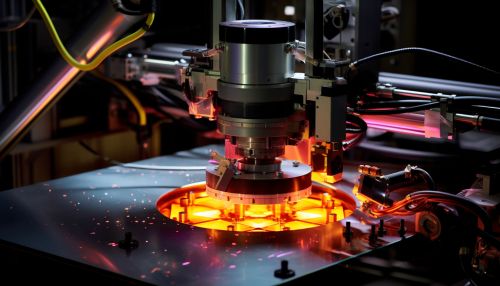The Physics of Quantum Tunneling
Introduction
Quantum tunneling is a quantum mechanical phenomenon where a particle tunnels through a barrier that it classically could not surmount. This process, which is a direct result of the principles of wave-particle duality, is fundamental to many physical phenomena and has significant implications in fields such as nuclear physics, solid-state physics, and quantum computing.


Quantum Mechanics and Tunneling
Quantum mechanics, the theory that describes the behavior of particles at the smallest scales, is characterized by the superposition principle and the concept of wave functions. These wave functions, solutions to the Schrödinger equation, describe the probability distribution of a particle’s position. In the context of tunneling, these wave functions can extend beyond potential barriers, leading to a non-zero probability that a particle can be found on the other side of the barrier – a phenomenon that is classically forbidden.
Mathematical Description
The mathematical description of quantum tunneling involves solving the time-independent Schrödinger equation for a particle encountering a potential barrier. The solutions reveal that the wave function, and hence the probability density, does not drop to zero within the barrier, but instead decays exponentially. This implies that there is a finite probability that the particle can be found within the barrier and even on the other side of it, despite not having enough energy to surmount the barrier classically.


Tunneling in Quantum Systems
Quantum tunneling plays a crucial role in various quantum systems. In nuclear physics, it is the underlying mechanism for alpha decay. In solid-state physics, it is responsible for the phenomenon of superconductivity. In quantum computing, it is exploited in the operation of quantum bits, or qubits.
Applications
The phenomenon of quantum tunneling has numerous applications in modern technology. It is the principle behind the operation of devices such as scanning tunneling microscopes, which can image surfaces at the atomic level. It is also exploited in tunnel diodes, which are used in high-speed electronics, and in flash memory devices, which are ubiquitous in digital storage.


Future Directions
The study of quantum tunneling continues to be an active area of research, with potential applications in quantum computing and nanotechnology. The development of more accurate and efficient methods to calculate tunneling probabilities is a key area of focus. Additionally, the exploration of tunneling times, a concept that is still not fully understood, is a subject of ongoing debate and research.


